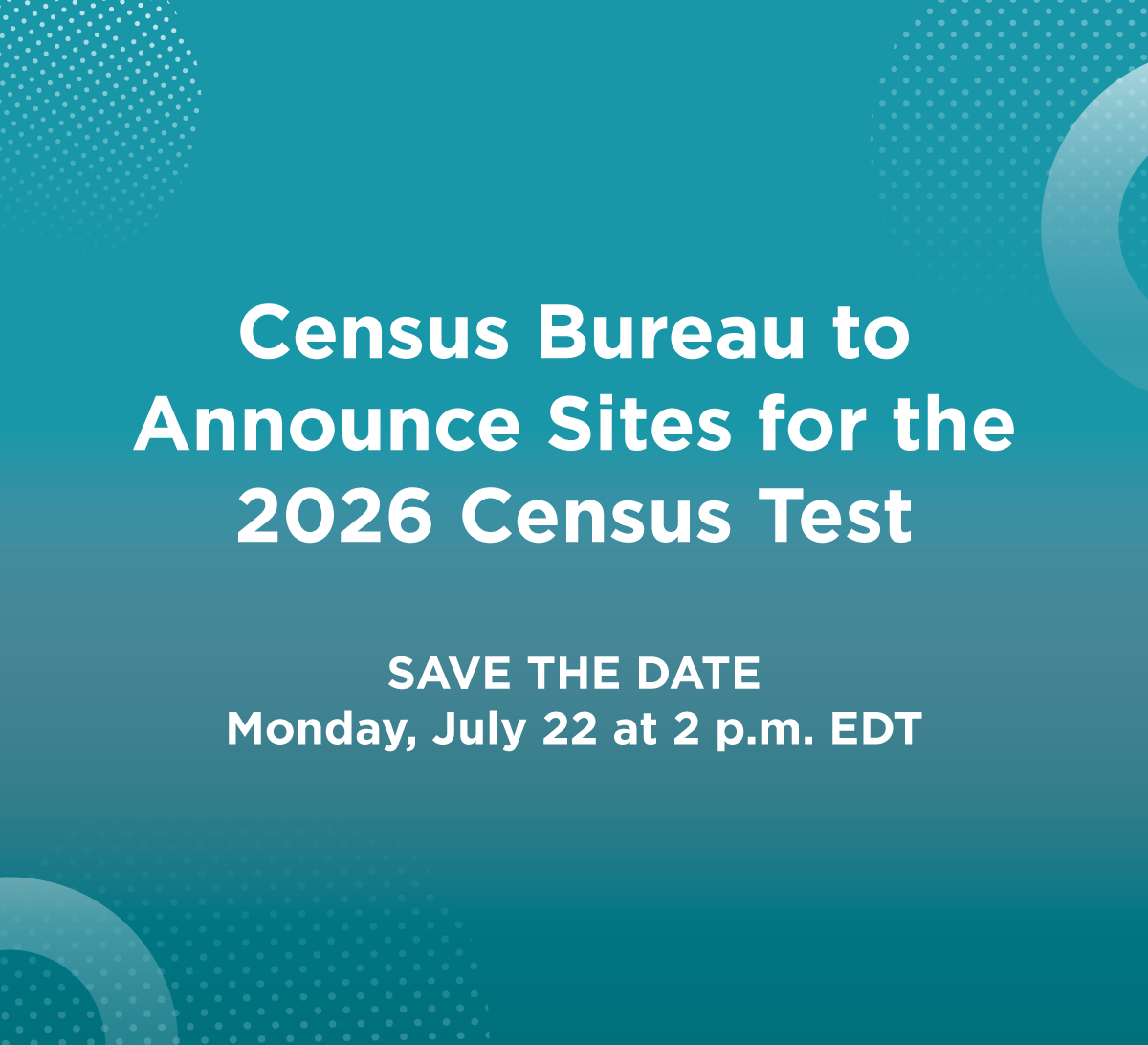
An official website of the United States government
Here’s how you know
Official websites use .gov
A .gov website belongs to an official government organization in the United States.
Secure .gov websites use HTTPS
A lock (
) or https:// means you’ve safely connected to the .gov website. Share sensitive information only on official, secure websites.
-
//
- Census.gov /
- Newsroom /
- 2014 Press Releases /
- The Social and Economic Characteristics of our Nation's Centenarians
Census Bureau Examines the Social and Economic Characteristics of our Nation's 55,000 Centenarians
For Immediate Release: Wednesday, April 09, 2014
Census Bureau Examines the Social and Economic Characteristics of our Nation's 55,000 Centenarians
Centenarians have lower education levels, are overwhelmingly women and are more likely to live in poverty than the 65-and-older population, according to a U.S. Census Bureau report released today. The report, "The Centenarian Population: 2007-2011," analyzes characteristics of centenarians and how they compare with those 65 years and older.
"Centenarians are a small group who are a significant indicator of American life," said Brian Kincel, a statistical analyst in the Census Bureau's Age and Special Populations Branch and the report's author. "By living a century or more, they have seen great changes in the American landscape and their education levels reflect social and economic conditions in the 1920s and earlier. Today, their situations may vary based on many factors, and the statistics in this report begin to tell their story."
The report, based on results from the American Community Survey, compares social and economic differences between the 55,000 centenarians in the U.S. and the 40 million people 65 and older.
Major findings from the report include:
- Of centenarians, 57 percent received at least a high school diploma compared with 77 percent of the 65-and-older group.
- Women made up 81 percent of centenarians and 57 percent of those 65 and older.
- 17 percent of centenarians lived below the poverty line, and 9 percent of the 65-and-older population were in poverty.
- Among women, 3 percent of centenarians were married as opposed to 41 percent of women 65 and older. Among men, 23 percent of centenarians were married compared with 71 percent of men 65 and older.
- Of centenarians, 83 percent received Social Security income compared with 88 percent of the 65-and-older group.
- 24 percent of centenarians received retirement income, while 38 percent of the 65-and-older population received it.
About the American Community Survey
The American Community Survey provides a wide range of important statistics about all communities in the country. The American Community Survey gives communities the current information they need to plan investments and services. Retailers, homebuilders, police departments, and town and city planners are among the many private- and public-sector decision makers who count on these annual results.
Ever since Thomas Jefferson directed the first census in 1790, the census has collected detailed characteristics about our nation's people. Questions about jobs and the economy were added 20 years later under James Madison, who said [PDF - 3.9 MB] such information would allow Congress to "adapt the public measures to the particular circumstances of the community," and over the decades allow America "an opportunity of marking the progress of the society."
-X-
Share
Contact
Virginia Hyer
Public Information Office
301-763-3030
pio@census.gov
Some content on this site is available in several different electronic formats. Some of the files may require a plug-in or additional software to view.
 Yes
Yes
 No
NoComments or suggestions?


Top



